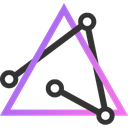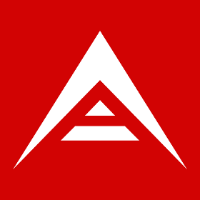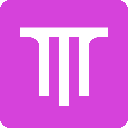-
 Bitcoin
Bitcoin $95,277.5322
-0.51% -
 Ethereum
Ethereum $2,689.5456
0.12% -
 XRP
XRP $2.5305
-3.36% -
 Tether USDt
Tether USDt $0.9996
-0.05% -
 BNB
BNB $652.5157
-0.92% -
 Solana
Solana $166.4991
-4.15% -
 USDC
USDC $1.0000
-0.03% -
 Dogecoin
Dogecoin $0.2510
-1.06% -
 Cardano
Cardano $0.7405
-6.55% -
 TRON
TRON $0.2424
1.35% -
 Chainlink
Chainlink $17.5790
-5.13% -
 Stellar
Stellar $0.3258
-1.13% -
 Litecoin
Litecoin $131.0836
6.27% -
 Avalanche
Avalanche $23.2609
-4.13% -
 Sui
Sui $3.0446
-2.47% -
 Toncoin
Toncoin $3.6418
-1.20% -
 UNUS SED LEO
UNUS SED LEO $9.8102
0.23% -
 Shiba Inu
Shiba Inu $0.0...01518
-1.13% -
 Hedera
Hedera $0.2059
-1.48% -
 Hyperliquid
Hyperliquid $23.0206
-8.98% -
 MANTRA
MANTRA $7.6222
5.07% -
 Polkadot
Polkadot $4.7343
-1.76% -
 Bitcoin Cash
Bitcoin Cash $314.0273
-1.88% -
 Ethena USDe
Ethena USDe $0.9989
-0.03% -
 Bitget Token
Bitget Token $4.8228
-4.58% -
 Uniswap
Uniswap $9.4824
-1.95% -
 Dai
Dai $1.0000
-0.02% -
 Monero
Monero $234.7212
-0.18% -
 Pepe
Pepe $0.0...09226
-3.84% -
 Aave
Aave $250.2221
-1.54%
What are the future development trends of blockchain?
Blockchain's expanding use cases, encompassing data security, DAOs, supply chain management, and IoT integration, propel its role as a transformative force in various industries.
Feb 15, 2025 at 11:06 am
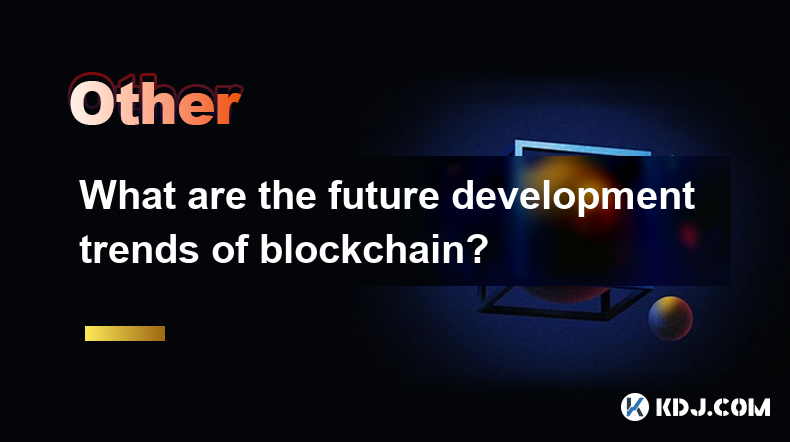
Key Points
- Blockchain technology is constantly being refined and expanded to address new challenges.
- Various use cases of blockchain technology are emerging in different sectors, including supply chain management, healthcare, and finance.
- The development of decentralized autonomous organizations revolutionizes governance and decision-making.
- Blockchain can enhance data security through immutable and transparent data storage.
- Integration of blockchain with Internet of Things (IoT) devices creates new opportunities for data management and automation.
- The rise of sidechains and layer-two protocols enables scalability and adaptability in blockchain networks.
- Blockchain is poised to play a critical role in the future by promoting decentralization, transparency, and security.
Article Content
1. Innovations Driving Blockchain's Evolution
Blockchain technology is undergoing rapid development, with new innovations emerging to address challenges and enhance usability. These include:
- Private and Permissioned Blockchains: Cater to specific industries or organizations, providing scalability and tailored privacy.
- Consortium Blockchains: Jointly operated by multiple entities, ensuring trust and collaboration.
- Cross-Chain Interoperability: Enables seamless exchange of data and value between different blockchain networks.
2. Expanding Use Cases Across Industries
The applicability of blockchain extends beyond the cryptocurrency realm. Its unique characteristics are being leveraged in:
- Supply Chain Management: Tracking goods provenance, enhancing supply chain visibility, and optimizing logistics.
- Healthcare: Securing and sharing patient data, facilitating collaboration between healthcare providers.
- Finance: Automating financial processes, simplifying compliance, and providing new investment opportunities.
3. Redefining Governance with Decentralized Autonomous Organizations (DAOs)
DAOs are blockchain-based organizations that enable transparent decision-making and collective governance. They utilize smart contracts to:
- Define organizational rules and procedures.
- Execute decisions based on consensus.
- Ensure accountability through distributed ownership and decision-making power.
4. Unlocking Data Security through Blockchain
Blockchain's immutable and transparent nature has profound implications for data security:
- Secure Storage: Data is perpetually stored on a decentralized network, protecting it from tampering and unauthorized access.
- Auditable History: Every transaction and record is recorded and verifiable, promoting trust and accountability.
- Privacy Preservation: Cryptographic techniques ensure data confidentiality, allowing for tailored access control and data protection.
5. Integrating Blockchain with the Internet of Things (IoT)
The convergence of blockchain and IoT creates new possibilities:
- Data Provenance: Securely track and verify data generated from IoT devices.
- Automations and Smart Contracts: Automate processes based on IoT data and trigger actions based on pre-defined conditions.
- Enhanced Control: IoT device owners retain control over their data and can easily share or restrict access.
6. Enhancing Scalability with Sidechains and Layer-Two Protocols
To overcome scalability limitations, blockchain technology has introduced:
- Sidechains: Independent blockchains connected to the main blockchain, offloading transactions and improving network performance.
- Layer-Two Protocols: Additional layers built on top of blockchain networks, providing enhanced scalability, security, and transaction speed.
7. Blockchain's Role in Shaping the Future
Blockchain is fundamentally reshaping various aspects of our society and economy:
- Decentralization: Distributing power and control to participants, reducing the influence of centralized intermediaries.
- Transparency: Offering transparent and auditable records, promoting accountability and reducing corruption.
- Security: Ensuring the integrity and protection of data, mitigating the risks of cyber threats and fraud.
FAQs
1. Can blockchain be integrated with existing systems?
Yes, blockchain can be integrated with existing systems through APIs, middleware, and other technical solutions.
2. What are the challenges faced by blockchain adoption?
Challenges include scalability limitations, interoperability issues, and regulatory uncertainty.
3. How is blockchain used in the supply chain industry?
Blockchain enables the tracking of goods from origin to delivery, enhancing transparency and reducing counterfeiting.
4. Can blockchain technology be used for voting systems?
Yes, blockchain-based voting systems can provide increased security, transparency, and auditability during elections.
5. What are the benefits of using decentralized autonomous organizations (DAOs)?
DAOs offer increased transparency, reduced bureaucracy, and collective decision-making.
Disclaimer:info@kdj.com
The information provided is not trading advice. kdj.com does not assume any responsibility for any investments made based on the information provided in this article. Cryptocurrencies are highly volatile and it is highly recommended that you invest with caution after thorough research!
If you believe that the content used on this website infringes your copyright, please contact us immediately (info@kdj.com) and we will delete it promptly.
- Memecoin Market Reshapes Cryptocurrency Trading Dynamics and Challenges CEX Dominance
- 2025-02-19 14:16:25
- BTC Bull Token ($BTCBULL) Recognized by Best Wallet as a Potential Breakout Project
- 2025-02-19 14:16:25
- Wall Street Pepe ($WEPE) Makes a Powerful Debut, Soaring 58% Within Minutes of Its Listing
- 2025-02-19 14:16:25
- Grayscale Launches Investment Fund for Pyth Network's Native Token PYTH
- 2025-02-19 14:16:25
- BTC Bull Token Gains Traction as the Market Turns to Utility Coins
- 2025-02-19 14:16:25
- ChowWow (CHOW): The Meme Coin Looking to Outshine the Likes of Pepe
- 2025-02-19 14:16:25
Related knowledge
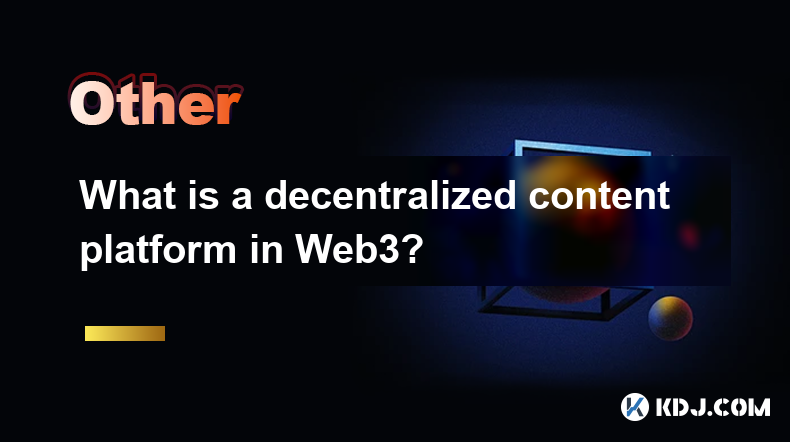
What is a decentralized content platform in Web3?
Feb 16,2025 at 05:13pm
Understanding Decentralized Content PlatformsKey Points:Decentralized content platforms shift content ownership and moderation away from centralized entities towards the community.Blockchain technology provides a transparent and immutable ledger for storing content and ownership records.Uncensorable content enables users to publish and access content wi...
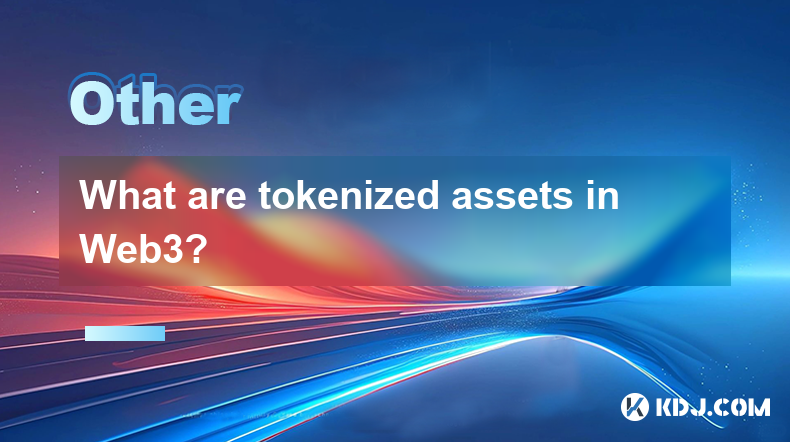
What are tokenized assets in Web3?
Feb 17,2025 at 11:36am
Key PointsIntroduction to tokenized assets in Web3Tokenization process and benefitsApplications and use cases of tokenized assetsTypes of tokenized assetsThe rise of tokenization in Web3Challenges and limitations of tokenizationFAQs about tokenized assetsWhat are Tokenized Assets in Web3?In the realm of Web3, tokenization has emerged as a transformative...
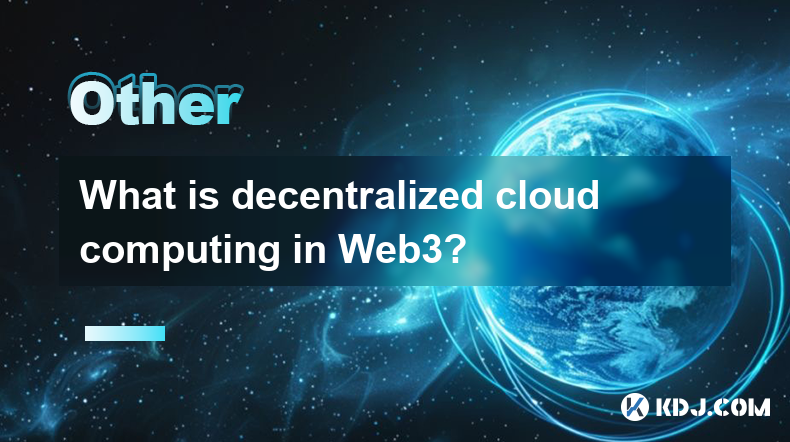
What is decentralized cloud computing in Web3?
Feb 16,2025 at 06:42am
Key Points:Definition of Decentralized Cloud Computing: A distributed computing model where resources and services are provisioned by a network of decentralized nodes rather than a centralized entity.Benefits of Decentralized Cloud Computing: Enhanced scalability, reliability, security, and cost-effectiveness.Use Cases for Decentralized Cloud Computing:...
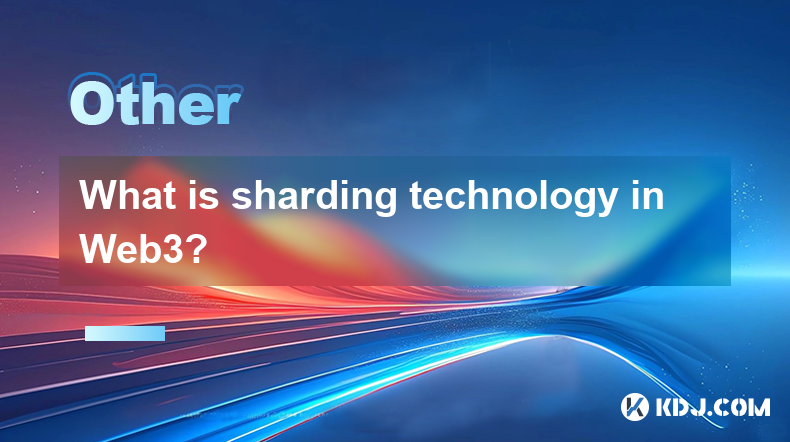
What is sharding technology in Web3?
Feb 19,2025 at 03:36am
Key Points of Sharding Technology in Web3Definition of Sharding TechnologyBenefits of Sharding TechnologyChallenges of Implementing Sharding TechnologyCurrent Applications of Sharding TechnologyFuture Applications of Sharding TechnologyWhat is Sharding Technology in Web3?Sharding technology is a data partitioning technique used in distributed computing ...
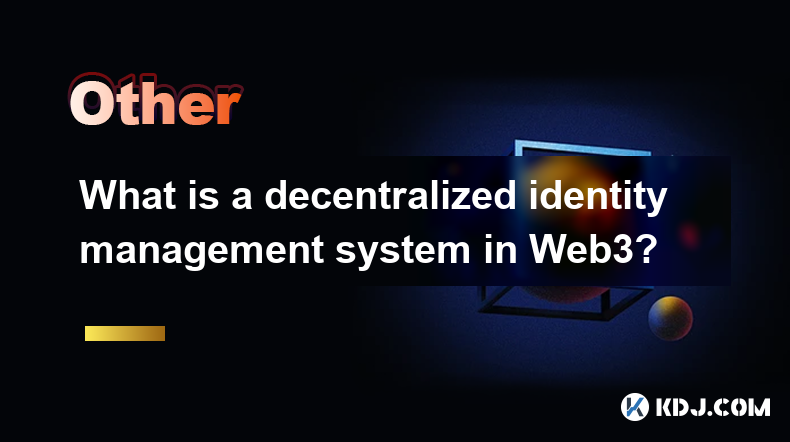
What is a decentralized identity management system in Web3?
Feb 17,2025 at 11:24pm
Key PointsDefinition and Overview of Decentralized Identity Management in Web3Benefits of Decentralized Identity Management in Web3Challenges and Limitations of Decentralized Identity Management in Web3Current State of Development and Adoption of Decentralized Identity Management in Web3Future Prospects and Trends for Decentralized Identity Management i...

What is liquidity mining in Web3?
Feb 17,2025 at 04:24am
Key Points:Liquidity mining is an incentive mechanism that rewards users for providing liquidity to decentralized exchanges (DEXes).Liquidity providers (LPs) deposit their crypto assets into a liquidity pool, which allows traders to swap tokens with reduced slippage.LPs receive rewards in the form of native tokens or fees from trading activity.Liquidity...

What is a decentralized content platform in Web3?
Feb 16,2025 at 05:13pm
Understanding Decentralized Content PlatformsKey Points:Decentralized content platforms shift content ownership and moderation away from centralized entities towards the community.Blockchain technology provides a transparent and immutable ledger for storing content and ownership records.Uncensorable content enables users to publish and access content wi...

What are tokenized assets in Web3?
Feb 17,2025 at 11:36am
Key PointsIntroduction to tokenized assets in Web3Tokenization process and benefitsApplications and use cases of tokenized assetsTypes of tokenized assetsThe rise of tokenization in Web3Challenges and limitations of tokenizationFAQs about tokenized assetsWhat are Tokenized Assets in Web3?In the realm of Web3, tokenization has emerged as a transformative...

What is decentralized cloud computing in Web3?
Feb 16,2025 at 06:42am
Key Points:Definition of Decentralized Cloud Computing: A distributed computing model where resources and services are provisioned by a network of decentralized nodes rather than a centralized entity.Benefits of Decentralized Cloud Computing: Enhanced scalability, reliability, security, and cost-effectiveness.Use Cases for Decentralized Cloud Computing:...

What is sharding technology in Web3?
Feb 19,2025 at 03:36am
Key Points of Sharding Technology in Web3Definition of Sharding TechnologyBenefits of Sharding TechnologyChallenges of Implementing Sharding TechnologyCurrent Applications of Sharding TechnologyFuture Applications of Sharding TechnologyWhat is Sharding Technology in Web3?Sharding technology is a data partitioning technique used in distributed computing ...

What is a decentralized identity management system in Web3?
Feb 17,2025 at 11:24pm
Key PointsDefinition and Overview of Decentralized Identity Management in Web3Benefits of Decentralized Identity Management in Web3Challenges and Limitations of Decentralized Identity Management in Web3Current State of Development and Adoption of Decentralized Identity Management in Web3Future Prospects and Trends for Decentralized Identity Management i...

What is liquidity mining in Web3?
Feb 17,2025 at 04:24am
Key Points:Liquidity mining is an incentive mechanism that rewards users for providing liquidity to decentralized exchanges (DEXes).Liquidity providers (LPs) deposit their crypto assets into a liquidity pool, which allows traders to swap tokens with reduced slippage.LPs receive rewards in the form of native tokens or fees from trading activity.Liquidity...
See all articles



















